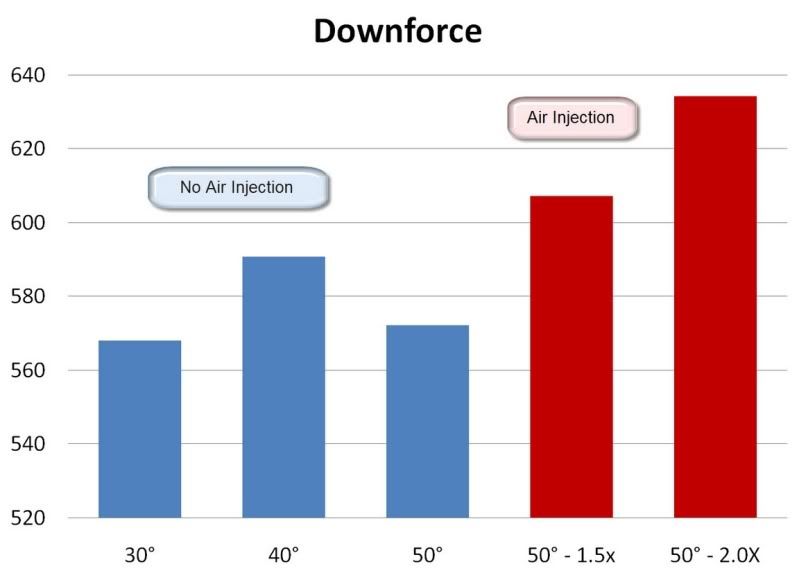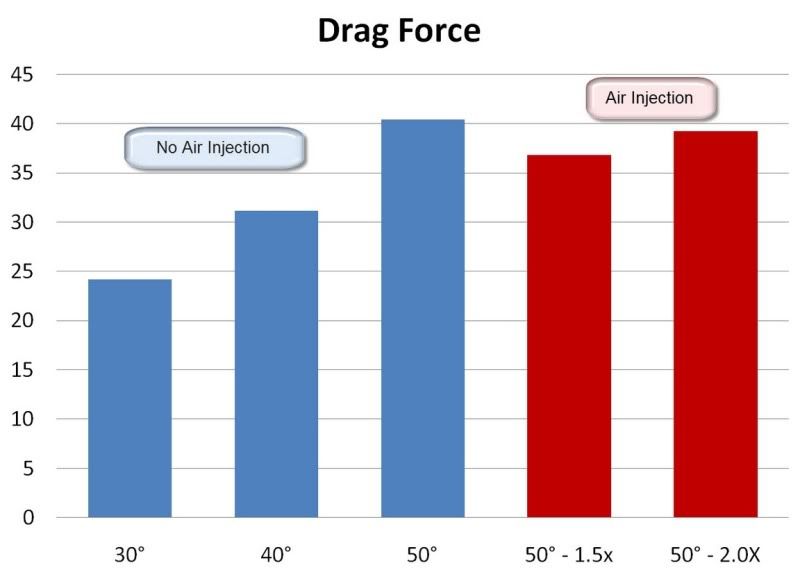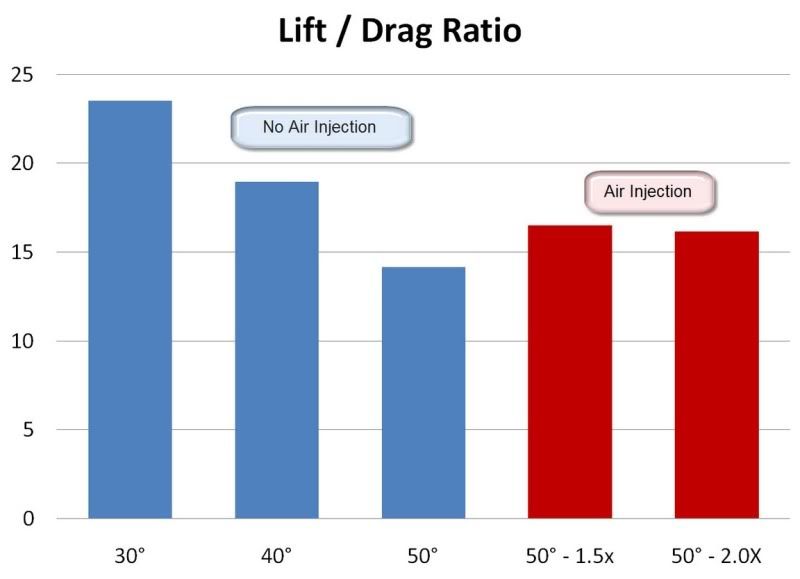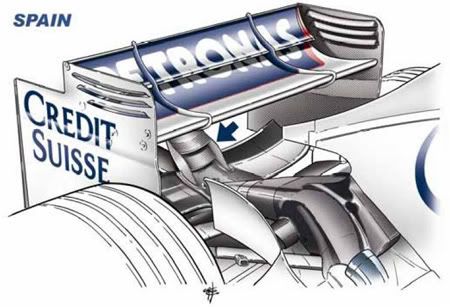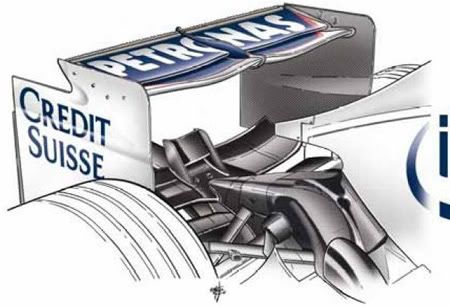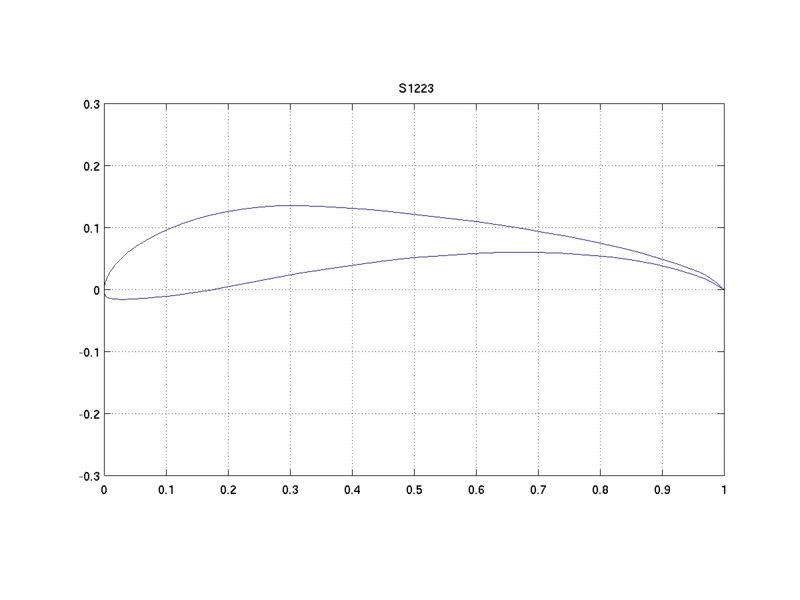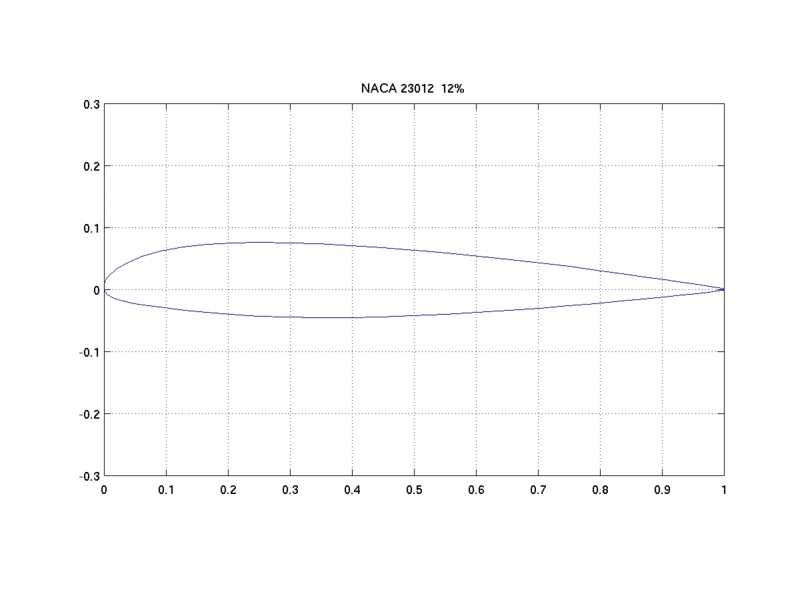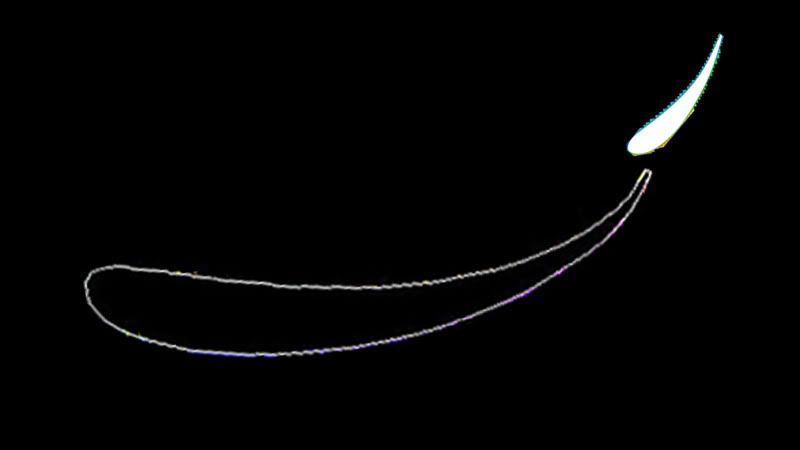I've recently started autocross racing where my car rarely encounters speeds over 80 mph. I have a long history of wing construction with r/c gliders, have read "Race Car Aerodynamics: Designing for Speed" by Joseph Katz cover to cover 3 times at least. And am interested in building my own rear ring for my SCCA Super Street Modified 300hp mazda miata autocross car. I am limited to 8 sq. ft., two elements and 200 sq. in. end plates. For other classes I should limit my span length to 5.5 ft. which if I'm to stay within the 8 sq. ft. total means that the combined width of the two air foils should be below 17.5".
The car as it sits now.
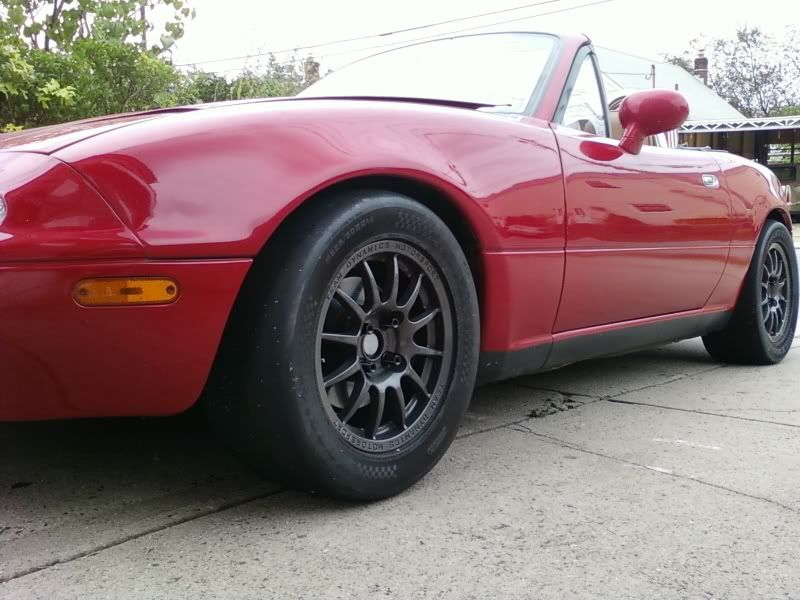
I found a company in Texas that will cut custom foam cores for the wings for a very modest fee.
http://www.flyingfoam.com/launch.html
However they require that:
"Airfoil Selection (from their website):
We have several hundred airfoil profiles to choose from. We also can generate NACA 4, 5, and 6 digit airfoils. We can cut any airfoil that has been designed or modified in Compufoil, Profili, or stored in Compufoil (.cor) file format."
I've been searching for help in selecting a pair of profiles for my two element wing. I'm a medical doctor, though and not an engineer. Thus the grubbing. I'm really hoping that somebody will just give me a solid airfoil reccomendation that will fit flyingfoam.com's requirements, so that I can build it.
The car is a bit overpowered, so drag is not really a concern, just as big of a -cL as I can get get within the above constraints. I've seen so many great technical discussion on this forum, and I reall don't know where else to turn. Thanx a million guys.

